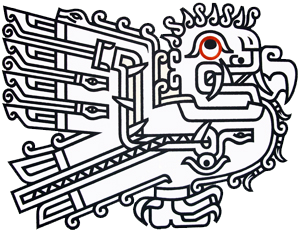Description
The capital of El Salvador at dusk. The city lies on a gentle slope at the foot of a volcano. It is constantly growing and currently has 600,000 inhabitants. This increase in population is due not only to a demographic explosion recorded elsewhere in the continent, but also to the migration of landless peasants to the city. These population movements generally take place in two stages. First, the natives settle in a provincial city. Then they move to the capital of the nation, which exerts an irresistible attraction on them. They are often called by relatives or friends and share their lives with them for a time. Then they become independent, but only if they have found work, which is unfortunately not always the case. Thus, vast shanty towns are created on the outskirts of the towns, forming a veritable belt of misery. - 1977
Description
The capital of El Salvador at dusk. The city lies on a gentle slope at the foot of a volcano. It is constantly growing and currently has 600,000 inhabitants. This increase in population is due not only to a demographic explosion recorded elsewhere in the continent, but also to the migration of landless peasants to the city. These population movements generally take place in two stages. First, the natives settle in a provincial city. Then they move to the capital of the nation, which exerts an irresistible attraction on them. They are often called by relatives or friends and share their lives with them for a time. Then they become independent, but only if they have found work, which is unfortunately not always the case. Thus, vast shanty towns are created on the outskirts of the towns, forming a veritable belt of misery. - 1977





